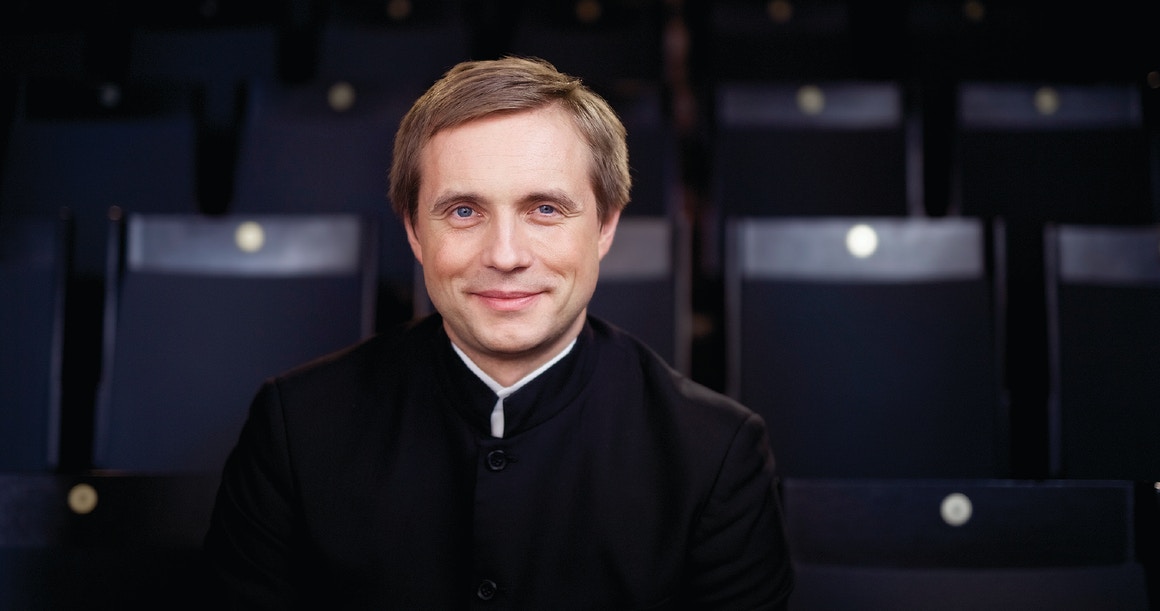march, 2022

Event Details
Vasily Petrenko, conductor Louis Schwizgebel, piano Programme: Ethel Smyth, Overture from The Wreckers George Gershwin, Piano Concerto William Walton, Symphony No. 1 Oslo Philharmonic Orchestra Programme Note: Ethel Smyth (1858–1944) defied her family and social conventions when
more
Event Details
Vasily Petrenko, conductor
Louis Schwizgebel, piano
Programme:
Ethel Smyth, Overture from The Wreckers
George Gershwin, Piano Concerto
William Walton, Symphony No. 1
Oslo Philharmonic Orchestra Programme Note:
Ethel Smyth (1858–1944) defied her family and social conventions when she chose to follow her dream of becoming a composer. She studied composition in Germany in the 1870s and 1880s, and in the following decades her music was performed on prestigious stages such as the Royal Opera House, Covent Garden, in London and the Metropolitan Opera in New York.
Her opera The Wreckers from 1906 is based on stories from Cornwall in the South of England, about how the local people would lure ships towards the rocks in order to plunder them. She was inspired to write the opera during a stay in Cornwall in 1886.
In February 1924, George Gershwin’s (1898–1937) Rhapsody in Blue was performed for the very first time in New York. The conductor Walter Damrosch was sitting in the ecstatic audience, and he was so delighted with it that he contacted Gershwin the very next day in order to commission a piano concerto from him. In November 1925, Damrosch conducted the premiere with the New York Philharmonic, with Gershwin himself as the soloist.
Gershwin models himself on classical piano concertos in his Piano Concerto in F-Major, with strong additions of jazz, blues and ragtime. He wrote the orchestration himself – something he had left to others in Rhapsody in Blue. William Walton counts among those who were impressed by Gershwin’s orchestration of the concerto.
William Walton (1902–1983) had his own breakthrough in the 1920s, and after producing his Viola Concerto and the cantata Belshazzar’s Feast, he assumed an important position in the British musical scene – he was for instance given the task of composing the coronation march for the crowning of King George VI in 1937.
While the coronation march is a formal celebration work, his Symphony No. 1 represents a maelstrom of feelings. The symphony has been called “a volcanic eruption of dark, sensual passion” and bears the mark of the composer’s own turbulent love life while it was being composed. Intense heartbreak followed by writer’s block resulted in the symphony being premiered without its final movement in 1934. It was completed in the following year – with a jubilant new movement penned by a recently lovestruck composer.
Time
(Thursday) 19:00
Location
Oslo Concert Hall
